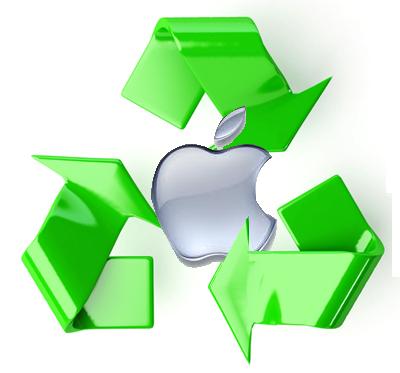One of the latest trends in business information technology is recycling used Apple computers at the end of their life cycle. It saves businesses money and reduces waste in landfills, which in turn helps the environment. It’s not always obvious what a Mac computer needs to start working again, but there are some basic diagnostic tests that an IT professional can run to get to the bottom of the problem.
Diagnosing Computer Problems
If a computer powers on but doesn’t display the boot splash screen, the computer needs a new logic board or major motherboard component, such as the northbridge or processor socket. If it posts to the boot splash screen and the technician is able to boot a DVD from the optical drive, it’s likely that everything is working properly. In this case, the computer probably just needs a new hard drive, which is a relatively simple part to replace.
The Mac Mini is one of the most popular Mac desktop computers, but it poses some challenges when it comes to replacing components. The outer case has to be carefully pried off with a soft plastic instrument that doesn’t scratch the plastic housing, and then the Wi-Fi and Bluetooth antennas have to be carefully unwrapped from the chassis. One of the first problems that should be tested is whether the main memory is working properly.
Essential Computer Components
Random Access Memory, or RAM, is essential to the performance of a PC and must be replaced from time to time as it wears out. If the RAM isn’t working properly, it will prevent the computer from turning on. The computer might be able to turn on, but it will be unstable and could cause program crashes and random operating system restarts. When it comes to Mac Mini parts, it never hurts to have some extra RAM lying around.
Mac Minis use the same 200-pin RAM as laptops, so it’s relatively easy to test whether the RAM is working or not. It’s always a relief to find out that a buggy computer can be fixed for the cost of a RAM card, which is typically $35 to $40.
RAM isn’t always the culprit, however, and sometimes the computer needs a new processor, logic board or other system component. No matter what part a computer needs to start working again, it always costs less to repair a computer than to buy a new one.
![[Jcount.com]](https://www.jcount.com/wp-content/uploads/2014/08/jcount150X50.png)
![[Jcount.com]](https://www.jcount.com/wp-content/uploads/2014/08/jcountstartupslogo1.png)





